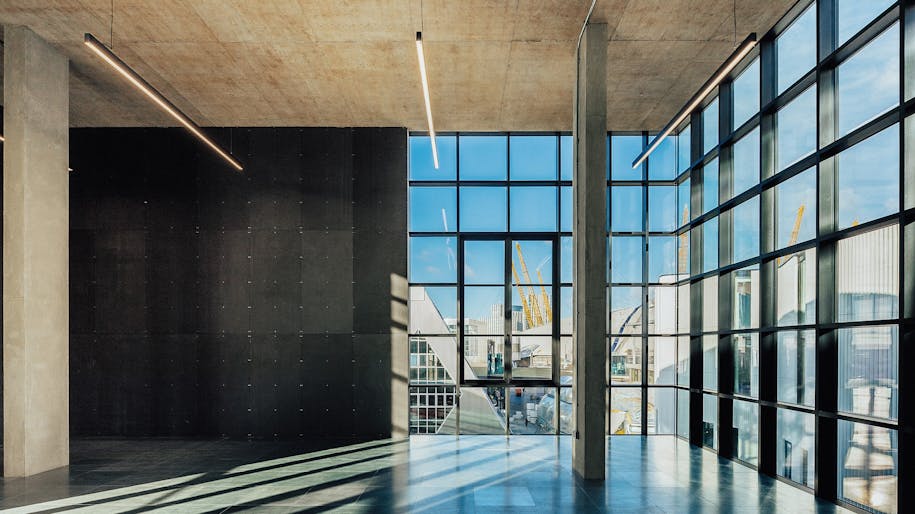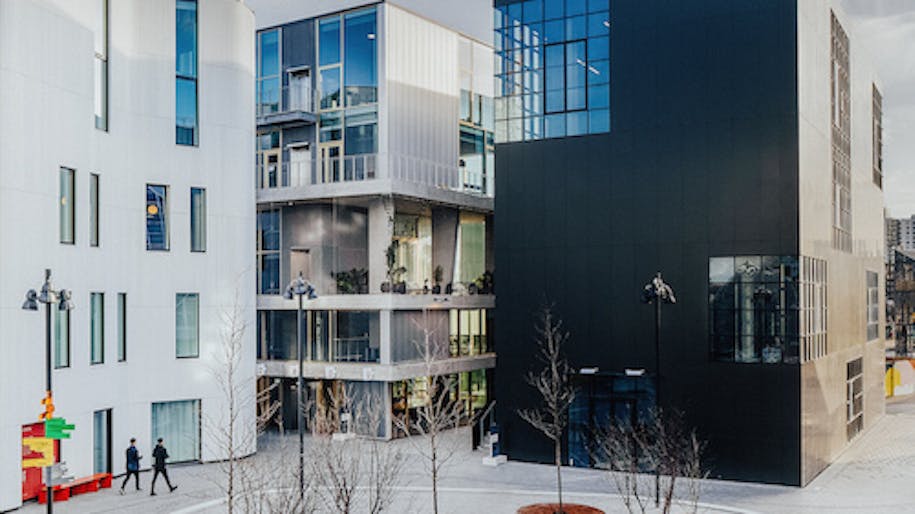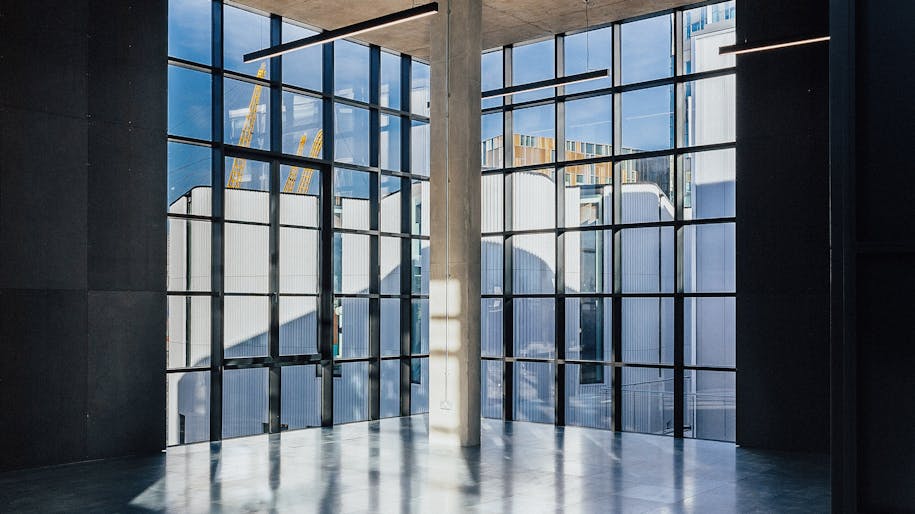
Meet Barozzi Veiga
The practice
Barozzi Veiga is an architectural firm founded in 2004 in Barcelona by Fabrizio Barozzi and Alberto Veiga. Its work is characterised by buildings that are rooted in a place, change over time and have an emotional resonance. Creating atmosphere is at the heart of what the practice does. Barozzi Veiga has won many international awards, including the Mies van der Rohe European Union Prize for Contemporary Architecture in 2015 for its translucent Philharmonic Hall in Szczecin, Poland.
The buildings
The polished aluminium facades of Barozzi Veiga’s two buildings reflect the sun in a way that changes throughout the day and appears different in each season. All year round, they light up the surrounding courtyards and alleys. Both buildings have been designed with photographers, artists and sculptors in mind. They have large windows, external staircases and high ceilings.


